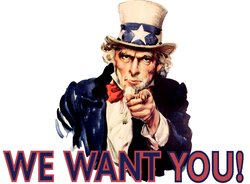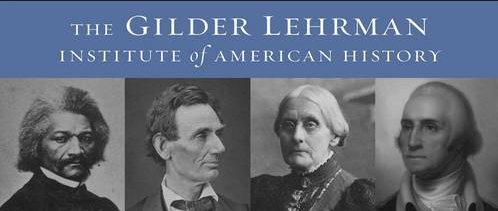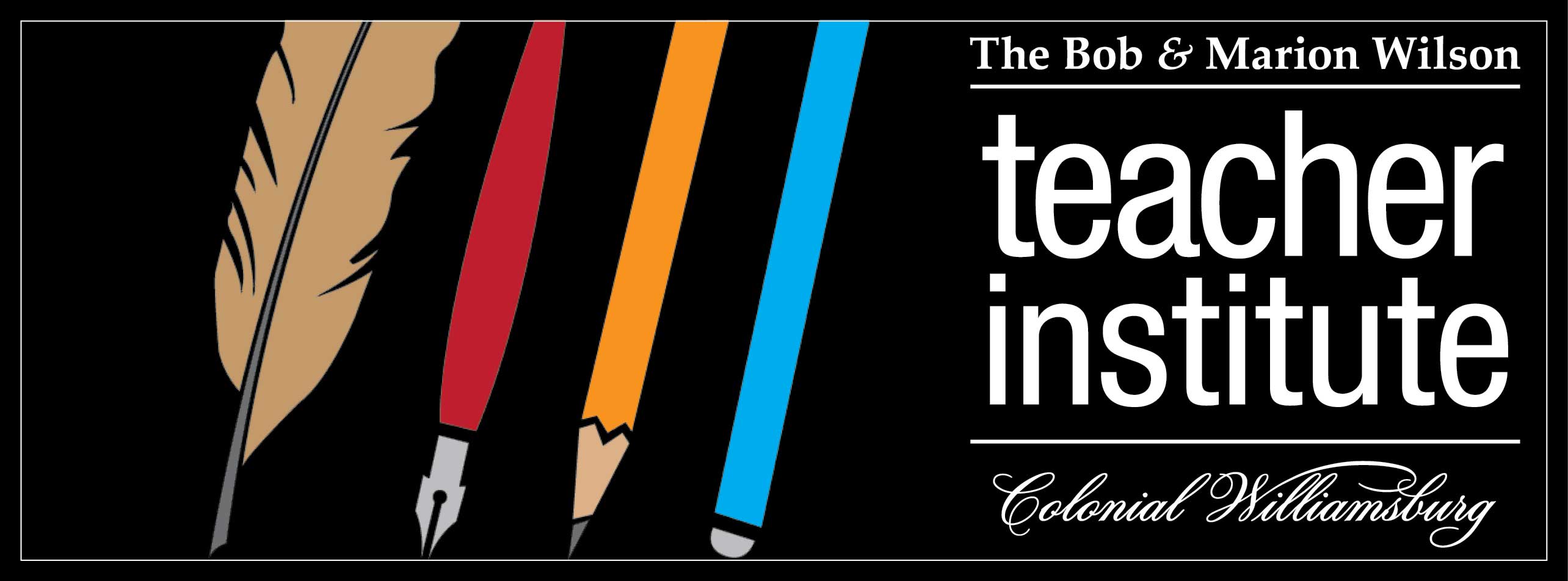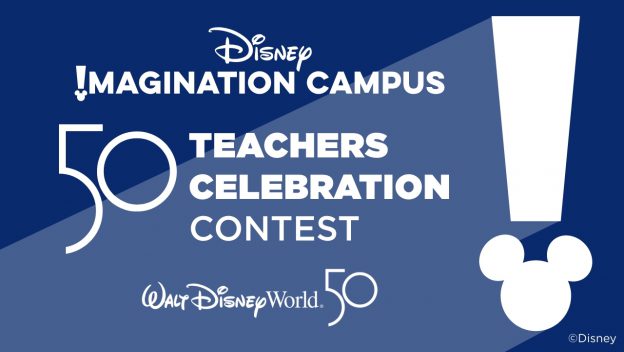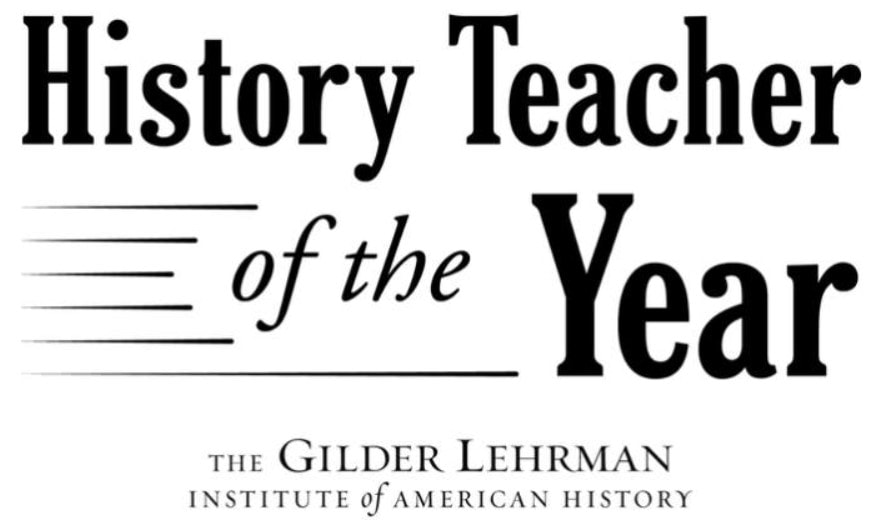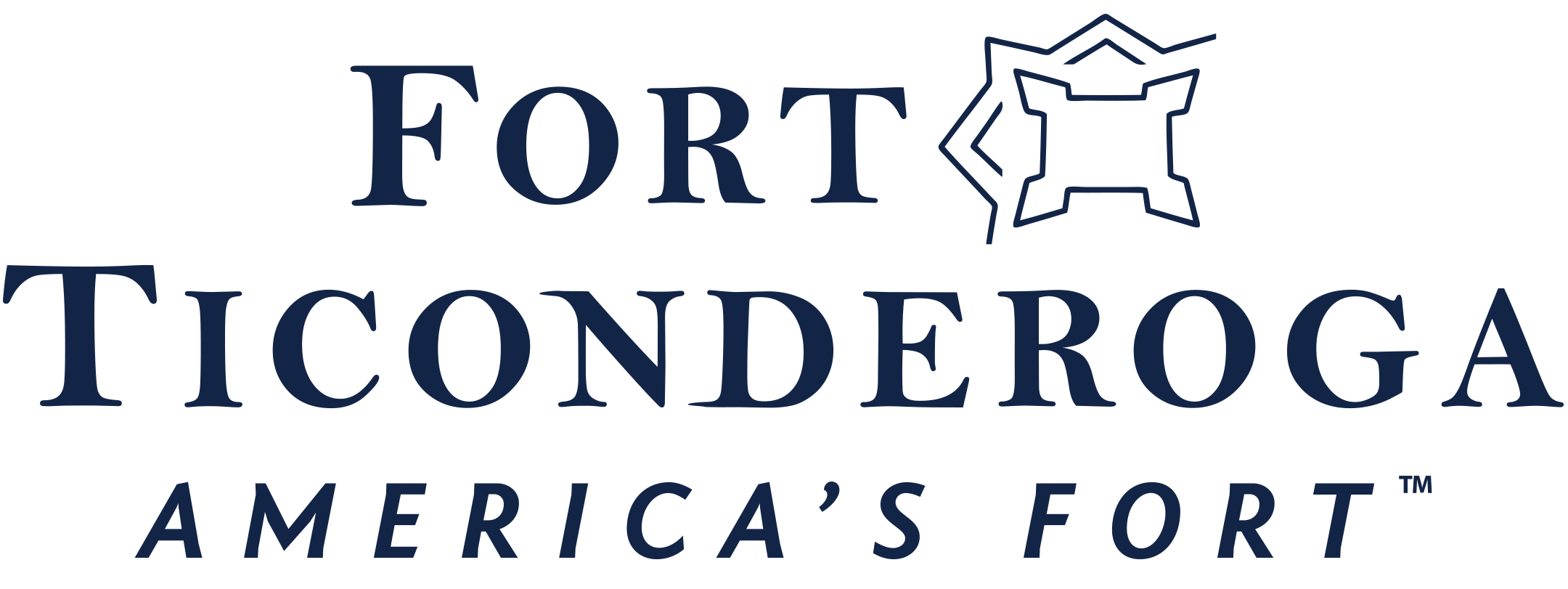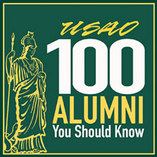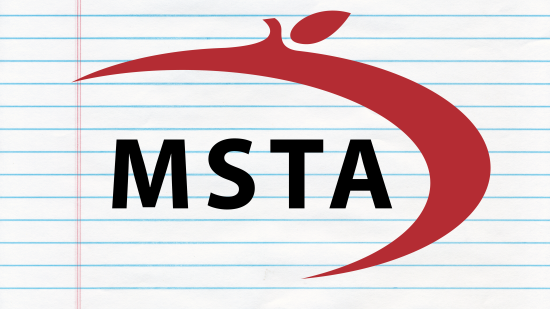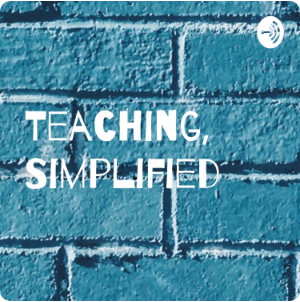Learning history is important. We see that as revelers knock down monuments to unlikely characters in our history in the name of racism and unfair treatment, labeling each of the characters as evil. But that's why we utter the mantra, History is ugly. There are reminders of the mantra all around us. But that's the point. We no longer believe that George Washington could not tell a lie. We know that Thomas Jefferson had slaves. We understand that Abraham Lincoln may not have set out to free the enslaved people. And we know that the Civil Rights Movement was not always the peaceful protest we've heard about for years.
The myth we discuss below is one that we've heard many times as a major reason why students don't want to participate in history classes and why teachers choose to give history less and less time in the educational day.
History Is Just About Dead People.
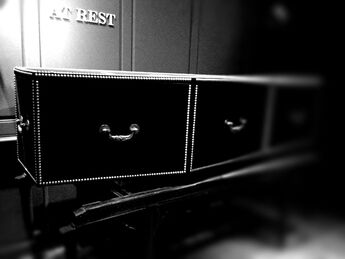 George Washington's Coffin (Replica) on Display at Mount Vernon
George Washington's Coffin (Replica) on Display at Mount Vernon - First of all, those "dead people" were people. Christopher Columbus had an interesting life. Ulysses Grant did some interesting things. Theodore Roosevelt had some great accomplishments. Often, when we remember these and countless others for their positive aspects, but perhaps that is where we make our mistake. By not also highlighting some of their more negative traits, we imply that they are somehow perfect. We celebrate without pointing out that these people were human. They weren't superheroes or gods, and never should we imply that they were by only looking at their successes (See the next bullets below.). Plus, and this is important, they died. That is more proof that they were human. I'll tell my students these things and more. I'll point out that George Washington pooped, because it humanizes him. Every person on earth, at some point, has been cold or hot, hungry and satisfied, peppy and groggy. Every person experiences life's roller coaster of depression and joy, anger and love, greed and benevolence, and more. So did those characters we remember as notable.
- History is about what those dead people did - good and bad - when they were alive. Washington is, perhaps, the best example of this. During his early experience in the British Army, leading troops through the Ohio Valley, sneaking up on a group of French soldiers, probably counts as the most heinous mistake of his life. George was pretentious, jumping in against orders, and became responsible for a terrible loss of life. In that relatively small skirmish compared with today's battles, George Washington started what some refer to as World War Zero - the French and Indian War. The fight at Jumonville is one of which most people are unaware. It is even recalled in the Hamilton musical as Washington sings, "History Has Its Eyes on You. I'll let them know that even though Thomas Jefferson wrote about all men being created equal, he owned slaves (In fact, he hid them from visitors to his house at Monticello.). I will teach that William Clark gave his slave York a vote during the Corps of Discovery, but mistreated him sometime after returning home. I can't leave those things by the side of the road to promote a particular point of view or to spin a story to "our side" or against "their side"; I must instead present history as it happened, the good, the bad, and especially, the ugly.
| |
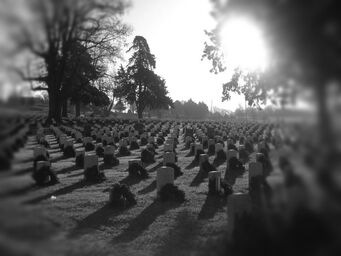 National Cemetery No. 1, Fort Scott, Kansas
National Cemetery No. 1, Fort Scott, Kansas - The mistakes are important, too. At the risk of being repetitive, teaching the imperfections are also important as we realize our belief of a Growth Mindset. The struggle of being a human is worthy of study. Frankly, the people we study had lives full of struggle, full of poor choices, and in spite of all they went through, they did something worthy of our learning from them. I want my students to know that they can overcome the harshest of situations, too - that we are not guided by unfortunate systemic rules or a generational struggles, that we do not have to remain restrained by the ropes of poverty or the chains of hereditary sin. We, too, can live through hungry times and violent times and still leave positive legacies on the earth. If you, as an educator, are not trying to get students to overcome adversity, you're efforts to teach spelling patterns and multiplication tables are just wheels spinning in the mud. How much richer do we all become when we look back at the crags and the swamps in our lives and realize that we conquered!
- Some add race to the statement to say, History is about dead, white people. It is about so much more. Unfortunately, the written records often focus on the white people. The circumstances of many past eras tell us that the "privileged" were the ones making headlines. It makes sense that less is written about minorities because the opportunities for minorities to make news were few and far between. Because of this, it also makes sense that when those minorities make noise and rise up against an unfair system, that's the kind of press they receive. The pattern, then, creates a perception that minorities are troublemakers, and the response is to "put them down" or "put them in their places". It is a vicious cycle that has been interrupted only rarely by major events. But that's all the more reason why we, educators, must seek more positive history-makers among our friends in minority communities. It's all the more reason why we should bring minorities out of the shadows of history and bring them into our classrooms. Vibrant and robust histories still exist for people of color as they interacted with one another and as they delved into the lives of the majority. If we're not showing our children these things - also at times with bad results - we do them a disservice of believing that only the white folks deserve statues.
- We often add gender to the statement, making it say, History is about dead, white men. It is not. While the men were culturally-approved to lead in government in our past, with the women culturally-accepted as homemakers and gardeners, there are still examples of great, powerful women who contributed to our history. I focus on United States history as my curriculum, so my examples come from that background, but we can easily find other women to study - queens, prime ministers, princesses, and martyrs. In our own nation, we admire Martha Washington for being right alongside her husband during every winter of the Revolution. We see Abigail Adams counseling her husband, giving him advice and information during the days of the Continental Congresses. We hear the voices of Molly Pitchers taking up positions on the fields of battle, firing cannon alongside male counterparts. We look in as women spied, created art, entertained, wrote, and supported or protested the events of the day. Of course, just as with the men, the women were not perfect, so we must not run the risk of overcompensating, sending the message that the men were flawed, but the women were not. Whether Pocahontas, Cleopatra, Dolley Madison, Queen Victoria, Sacagawea, Sandra Day O'Conner, Margaret Thatcher, or Emmeline Pankhurst, historic women in history were also human who made errors in judgment, but are worthy of remembering.
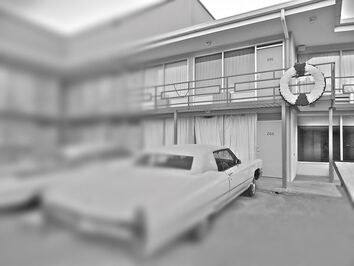 Lorraine Hotel, Memphis, Tennessee: Site of the MLK Assassination
Lorraine Hotel, Memphis, Tennessee: Site of the MLK Assassination - History is also about places. As an educator, even if locations are halfway around the world, you can find ways to "take" your students to those locations. We have to get our noses out of textbooks and out of the four walls of our classrooms and onto the gravel of places like Fort Ticonderoga and Mount Vernon. We need to connect with battlefields, forts, birthplaces, and gravesites. We need to get our students to appreciate the ground they walk on and the air they breathe. I have sought to do this by physically visiting the places we study whenever possible. Teacher institutes make this a possibility and help me bring those sites to life for my students. They live vicariously through my experiences. I also connect, when the service is offered, with people at those sites via Skype. Students realize they are connected electronically over long distances with experts, museum docents, tour guides, and historians. We have conversed with George Washington's doctor, Dr. Craik, as well as Washington's young bride, Martha. We have been to Monticello and Fort Loudon. We wonder about the details in those places, looking for the cracks and the curvature in the buildings, and feel the special emotions that must have poured out of the souls who walked on that same gravel or through those fields, the blood that was spilled, the love and the hatred that must have existed.
- History is also about events. Finally, history is larger than any one person or group of people. In order to understand our present situation, we have to understand how we got here. We must comprehend the events of the timeline. Forgetting is not an option, and tearing it all down to start again. We have to understand the context of the decisions made and the actions taken. The events of history are directly dependent on cultural norms, people's own understanding of history at the time, and reaction. We see this more clearly when we apply reading comprehension strategies, asking students to profile characters, notice plots with rising and falling action, recognize cause and effect relationships and define problems and solutions. I love when skills bleed into multiple areas of the curricula and I can, proverbially, kill two birds with one stone. We must learn how to zoom in on events as they occurred, but we must also zoom back out to see a greater timeline, learning, for example, about the first enslaved people in 1619, the advent of normalized slavery in the U.S., the Civil War, and the Civil Rights movement. It's not just about the individuals who are now dead, but those events have brought us to our current status. History is not just about dead people: it is about people living today, in the 21st century. History is our own story. It affects us greatly and puts us in our current standing. Understanding the evolution of our government, our technologies, and our culture helps us make more informed choices in our own lives.

